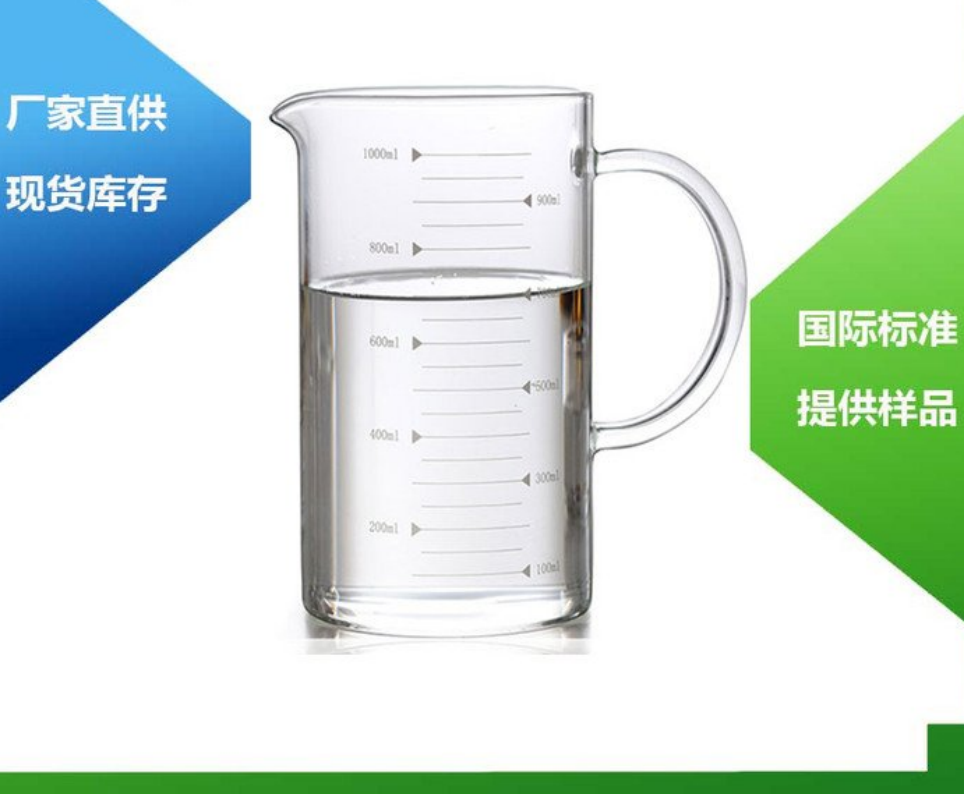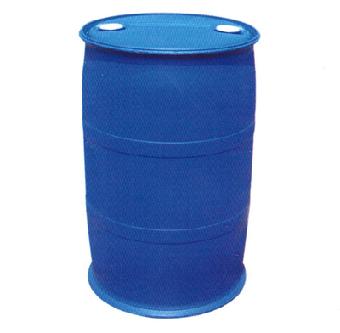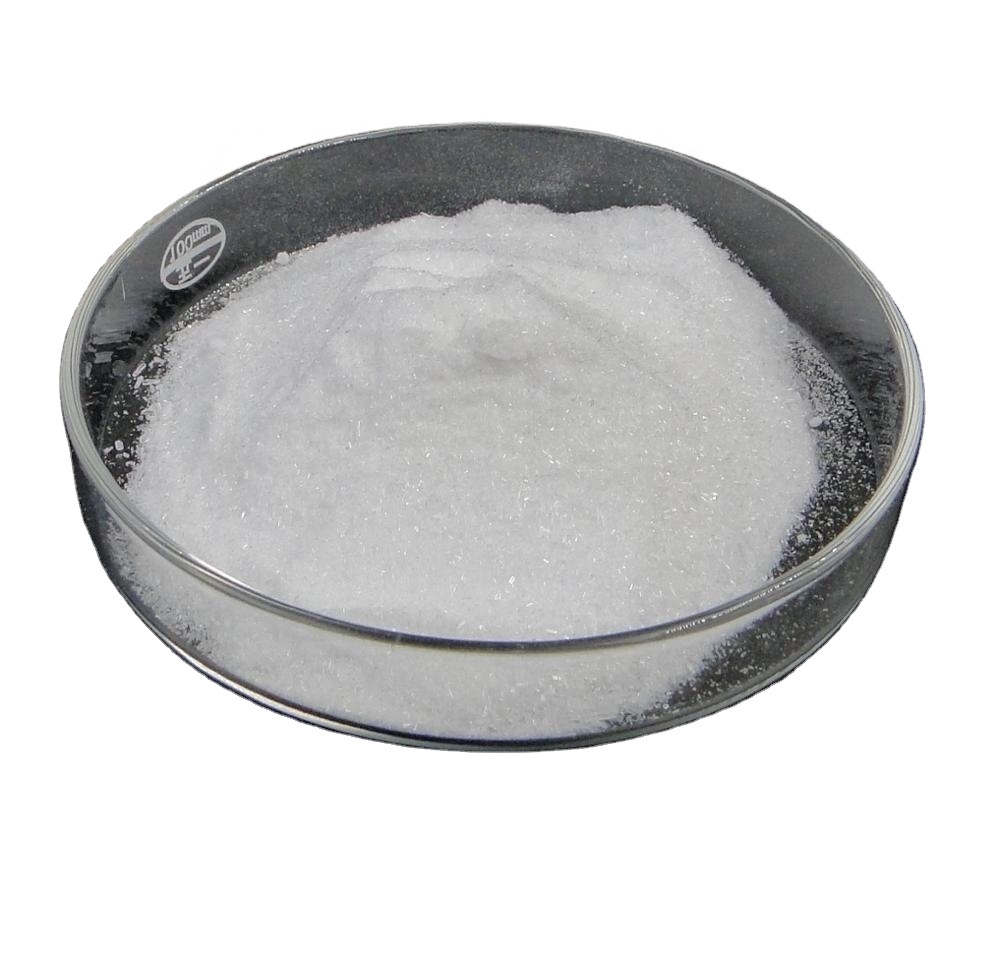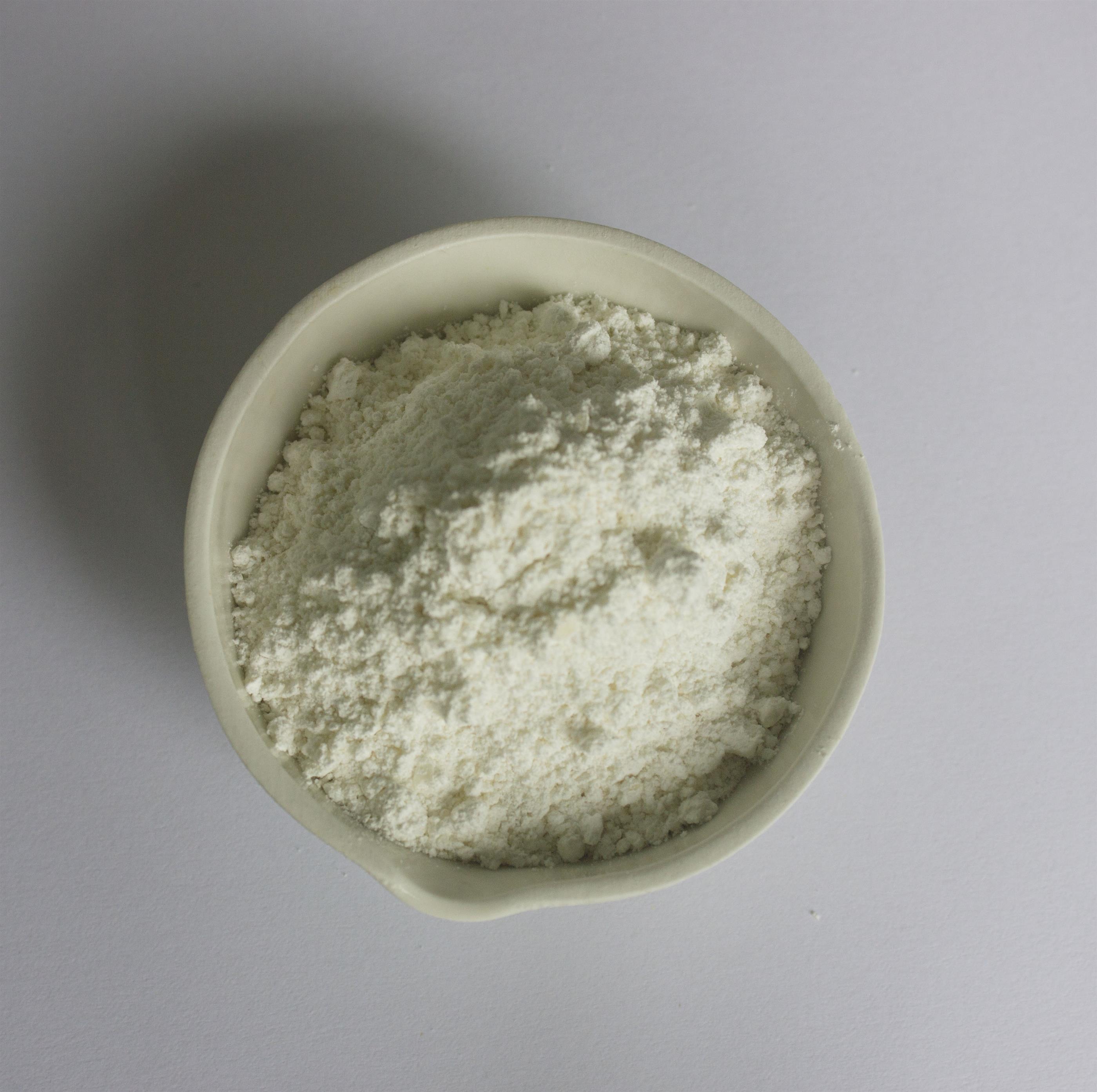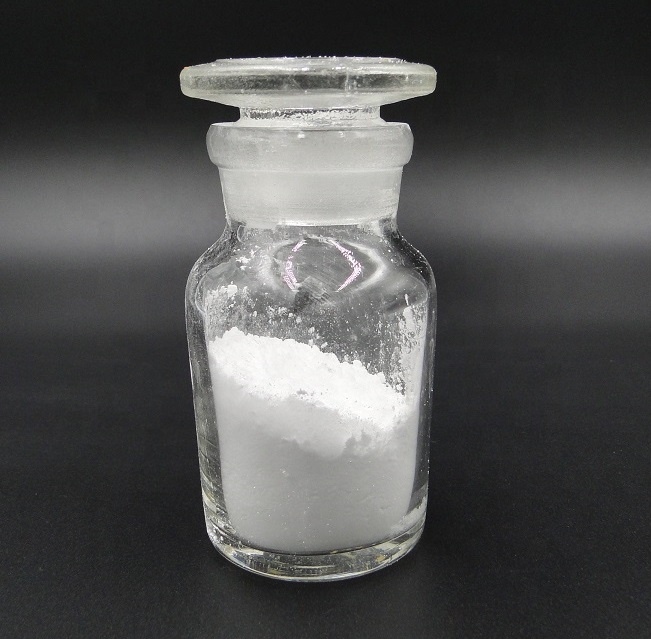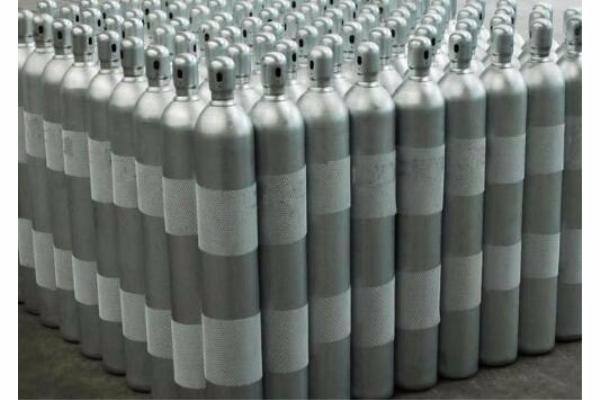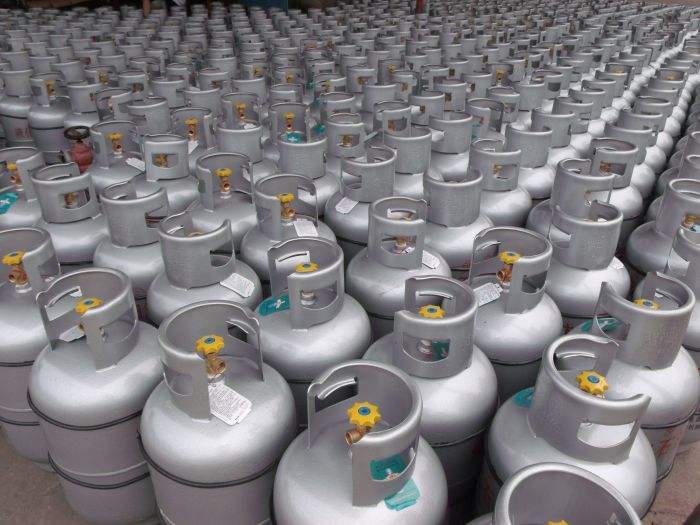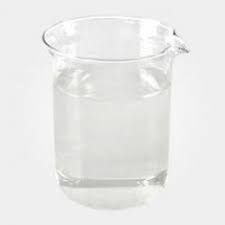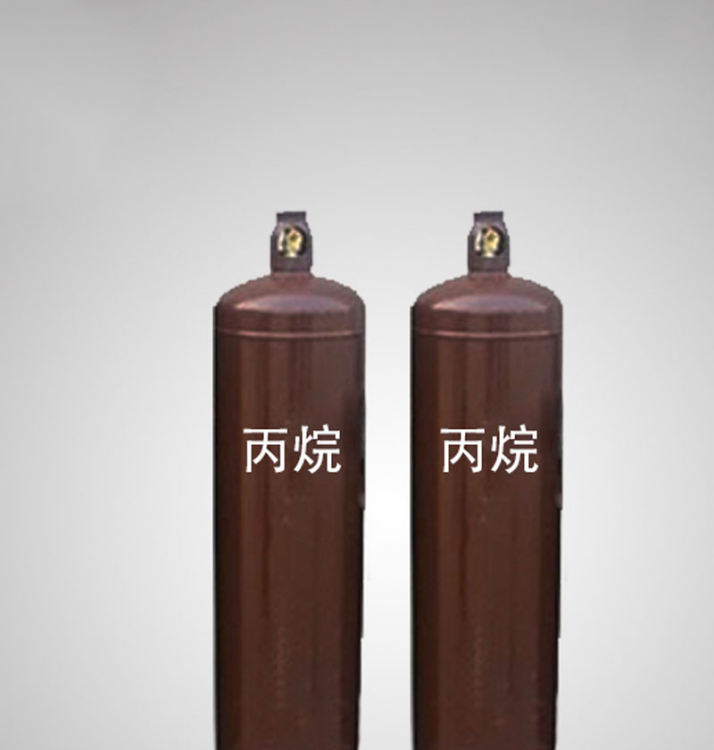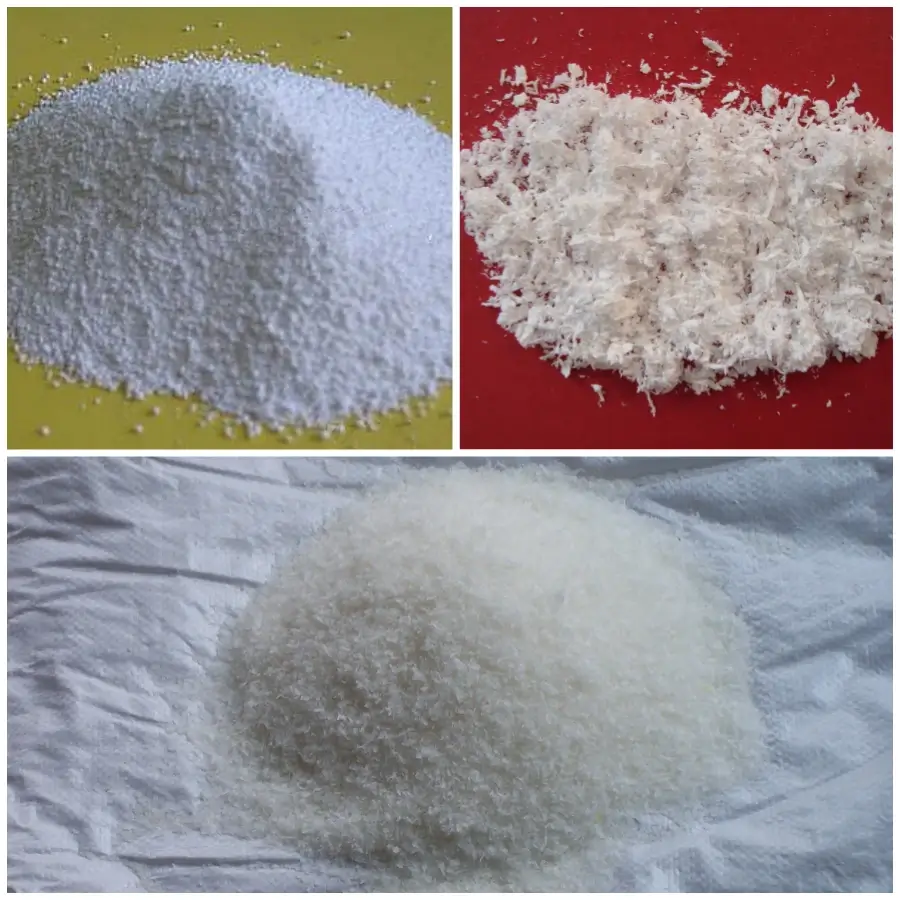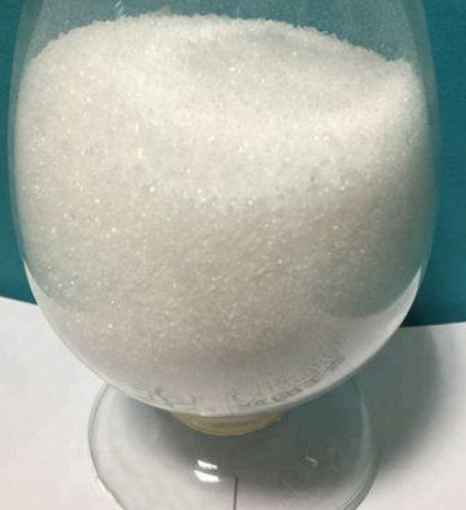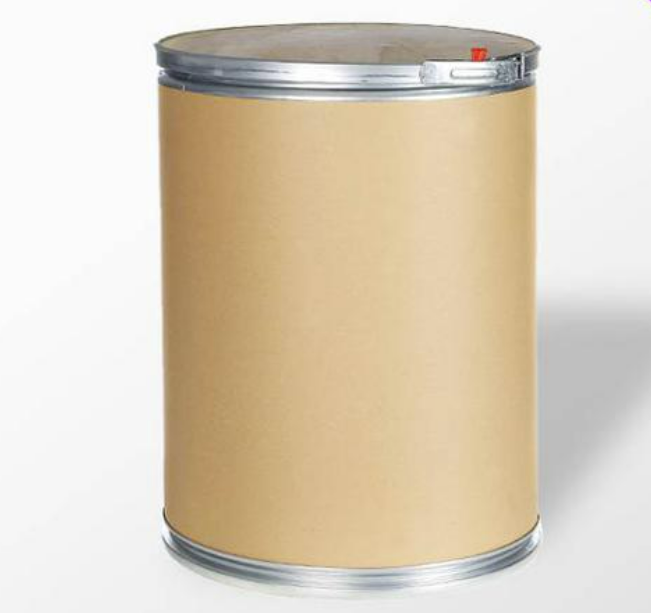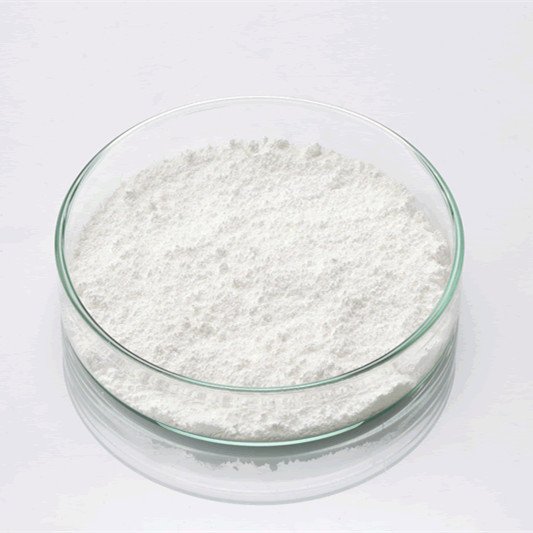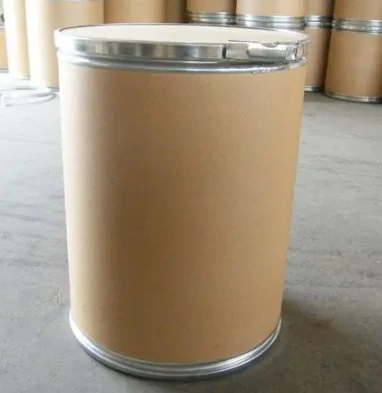Organic Chemical Materials
Amino Acids, Proteins and Nucleic Acids
Alcohols, Phenols and Ethers
Organo Silicon Compounds
Halides
Heterocyclic Compounds
Organic Fluorine Compounds
Nitrogen Compounds
Organometallic Compounds
Esters
Hydrocarbons
Aromatic Compounds
Carboxylic Acids and Derivatives
Nitriles
Organometalate
Aldehydes, Ketones and Quinones
Carbohydrate
Find
1899
related chemicals for you
CAS:5039-78-1
Molecular Formula:C9H18ClNO2
Alias
More Information
DMC; Dmaema-Q; Metac; 2-Trimethylammonium Ethyl Methacrylate Chloride; Trimethyl-2-Methacroyloxyethylammonium Chloride; Methacroylcholine Chloride
Brief Introduction
DMC is a cationic monomer, which can be homopolymerized or copolymerized with other monomers to prepare cationic polymer. The resulting polymer has strong polarity and affinity for anionic substances, so it can be widely used as cationic flocculant. It can be used in sludge dewatering process of sewage treatment plant and wastewater treatment in papermaking, coal flotation, printing, dye and other industries. In addition, DMC can also be used to produce acid resistant super absorbent resin, oilfield chemicals, fiber additives and other fine polymer products.
Suppliers
View More Vendors (4) >
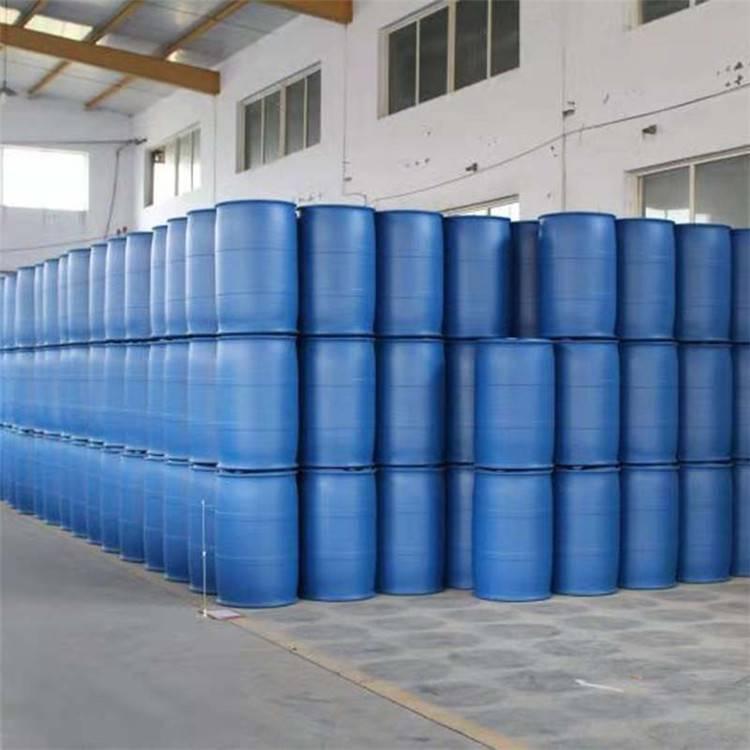
Enterprise standard
/
Tech Grade
1100kg
/
Plastic Drum
Qingdao Renas Polymer Material Co.,Ltd.
78%
/
Tech Grade
200kg
/
Plastic Drum
CAS:3177-22-8
Molecular Formula:C6H7N2NaO3S
Alias
More Information
2,4-Diaminobenzenesulfonic acid Sodium salt; 2,4-Diaminobenzenesulfonic Acid Sodium; Sodium;2,4-Diaminobenzenesulfonate; Benzenesulfonic acid, 2,4-Diamino-, Monosodium salt; 2,4-Diamino-Benzenesulfonic acid, Monosodium salt; 2,4-Diaminobenzenesulfonic acid, Sodium salt; Monosodium 2,4-Diaminobenzenesulfonate; Sodium,2,4-Diaminobenzenesulfonate; Benzenesulfonic acid, 2,4-Diamino-, Sodium salt; Sodium2,4-Diaminobenzenesulfonate; Sodium 2,4-Diaminobenzenesulphonate; Mpdsa-Na; MPDSA
Brief Introduction
It can used as a dye intermediate.
Suppliers
View More Vendors (4) >
Alias
More Information
Propane, Natural; Propanecombustion; Popane; A-108; C3H8; Freon 290; Propyldihydride; Propylhydride
Brief Introduction
In addition to being used as fuel and refrigerant, it is mainly used as raw material for cracking to produce ethylene and propylene, as well as acrylonitrile, nitropropane and perchloroethylene; It is used as solvent for deasphalting and desulfurization in oil refinery.
Suppliers
View More Vendors (4) >
CAS:9002-89-5
Molecular Formula:C2H4O
Alias
More Information
Poly(Vinyl Alcohol); PVA; Poly(1-Hydroxyethylene); PVOH (Polyvinyl Alcohol); P.V.A; PVA 2488
Brief Introduction
Polyvinyl alcohol (PVA) is a water-soluble polymer with a wide range of applications. PVA can quickly dissolve in water to form a stable colloid. Its performance is between plastic and rubber. In addition to being used as fiber raw materials, it is also widely used in the production of coatings, adhesives, paper processing agents, emulsifying agents, dispersants, films and other products. It is widely used in textile, food, medicine, construction Wood processing, papermaking, printing, agriculture, steel, polymer chemical industry and other industries.
Suppliers
View More Vendors (4) >
Ningbo Wanhong Ruiquan Technology Co.,Ltd.
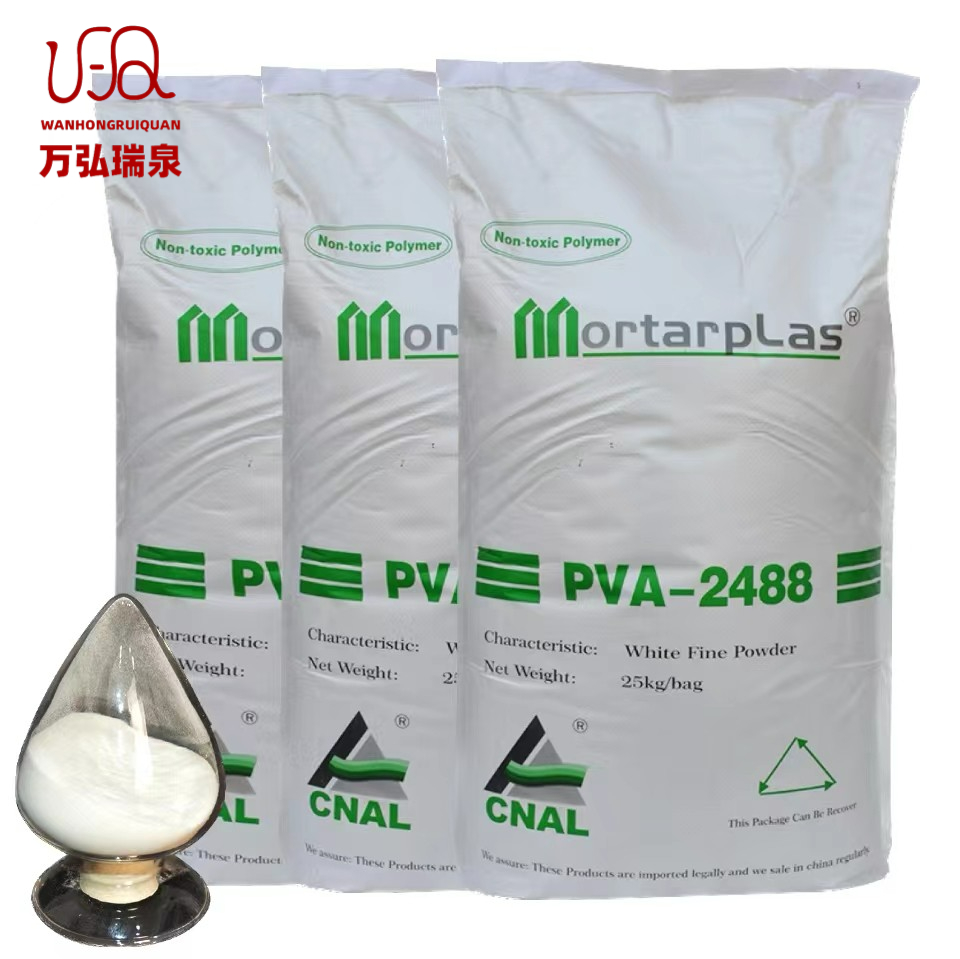
Purity:≥95%
/
Tech Grade
25kg
/
Woven Bag
CAS:611-71-2
Molecular Formula:C8H8O3
Alias
More Information
(R)-(-)-Mandelic Acid; Benzeneacetic Acid, α-Hydroxy-, (R)-; (R)-(-)-Amygdalic Acid; (R)-(-) Mandelic ACID
Brief Introduction
Mandelic acid, also known as amygdala, phenylethanol, scientific name α- Hydroxyphenylacetic acid, mainly used in organic synthesis and pharmaceutical industry.
Suppliers
View More Vendors (3) >
Inquiry (
10
/ 10
)
Clear All
You can inquire for up to 10 products at a time
Sign In
Error!

